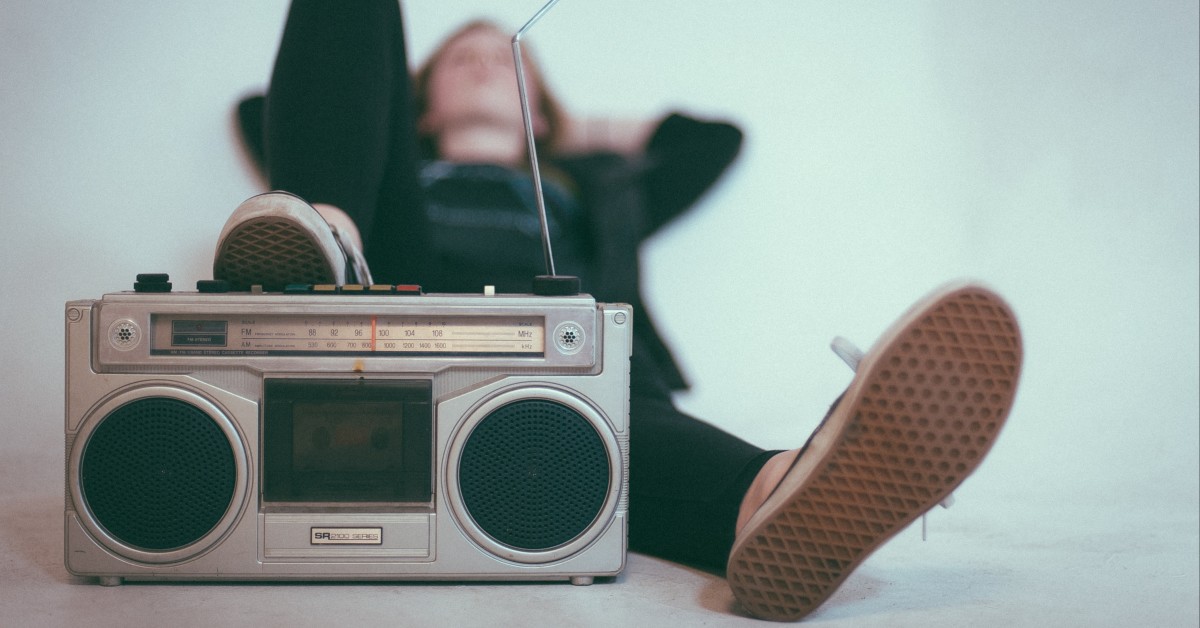
How Much Does a Doctor of Occupational Therapy Make?
In the occupational therapy field, a doctorate can open doors [...]
Quality arts programming can be difficult to characterize, but the maxim that you’ll know it when you see it often applies. In schools where the arts thrive, student artwork lines the hallways, spring concerts and musicals enliven the school community, there are varied arts course offerings, and arts teachers are a core part of school faculty. While there are no shortcuts or cookie-cutter approaches, the following core elements are hallmarks of quality arts education.
A well-rounded, quality arts education means students have access to core arts courses in a variety of disciplines, including music, dance, theater, and the visual arts. Rigorous coursework should be aligned with learning standards or goals that identify the skills and knowledge that students should acquire. Ideally, courses should be taken sequentially so that each class builds upon previous courses and equips students for what’s next.
In New York State, as in many others, there are specific learning standards for the arts at each grade level.
School districts, especially in larger urban areas, may have adopted local standards or curriculum guides, such as the Blueprints for Teaching and Learning in the Arts developed in New York City. Since the adoption of the Common Core State Standards by the great majority of states, many local education districts are aligning their arts instruction to these standards as well. Furthermore, a recently-developed set of National Core Arts Standards provides a national framework for rigorous quality arts instruction. States are in the process of considering these standards for adoption.
The presence of licensed or certified arts teachers on staff is a key indicator of your school’s commitment to arts education. Arts teachers provide schools with the expertise necessary to deliver quality instruction in music, visual arts, dance, and theater. They are also well-trained in how to foster and sustain a school community that values arts education. Instruction provided by licensed arts teachers can be complemented by professional teaching artists, arts partnerships, and general classroom teachers in an overall effort to enrich and expand arts coursework.
Quality arts education depends strongly on school leadership understanding the value of the arts. School principals and other leaders have the power to make the arts a priority in the curriculum; to devote space and funding to the arts; and to engage parents and the local arts community. School leaders can also provide opportunities for teacher collaboration and professional development. These, in turn, facilitate student engagement and enable teachers to adapt instruction to meet diverse learning styles. Well-trained instructors can create diversified and engaging curricula by collaborating with educators across disciplines and by drawing professional artists and cultural organizations into their programs.
Partnerships with arts and cultural organizations provide students with expanded learning opportunities, both within arts programs and across broader curricula. They can also become an energizing force in the school community. School and cultural partners can collaborate to design and implement multi-week, semester or full school year residencies, where teaching artists are brought into classrooms to support creative learning and skills development in the arts. These programs are typically strengthened when designed in tandem with school-based licensed teachers.
Taking students to concerts, theater performances, or museum exhibits is a long-standing tradition in public schools. Student participation in these activities enhances learning and builds an appreciation for the arts. It also motivates students and opens their eyes to possible careers within creative sectors. While trips like these are valuable in themselves, they are most effective when they are part of an in-depth partnership with a local arts or cultural organization. Related in-school lessons can augment field trips by giving students important social and historical context, which can deepen their understanding.
According to the NYC Department of Education, “the ideal physical environment for arts learning is one that is dedicated to the arts discipline and appropriately and comfortably equipped to optimize students’ experience.” In fact, studies show that students perform better when taught in proper arts spaces: Students need spaces of appropriate size, configuration, acoustics, and/or equipment where they can create; rehearse; store projects and materials; and display or perform their work. Inadequate facilities can not only lead to substandard teaching and learning, but also present considerable safety concerns.
Just as chemistry teachers need the proper supplies so that their class can conduct experiments, visual arts teachers need paints and brushes and music teachers need instruments to allow their students to explore, create, and innovate. Lack of materials can limit the scope and quality of school arts programs and lead to insufficient and inequitable educational opportunities. Traditional arts materials are also enhanced by up-to-date technology and software, which allow for greater exploration of traditional art forms and support career areas such as architecture, digital photography, and graphic design.
Unlike traditional arts education, which teaches the arts disciplines as stand-alone subjects, arts integration connects content and skills from one or several arts disciplines with other core academic areas. This integrated approach helps students make connections across the curriculum and apply knowledge learned in one area to challenges in another. Research shows that integrating the arts across the curriculum increases student engagement and achievement in academic courses while fostering positive social behavior. What’s more, engaging teachers across departments creates a more vibrant collaborative educational environment and involves students in projects that stimulate their creativity.
To provide sustained, quality arts programing, recurring and dedicated funding in a school or district’s annual budget is essential. These reliable allocations can then be augmented by state and federal funding streams and by contributions from external sources, such as parents, local businesses, or foundations. These resources can help subsidize after-school programs, pay for additional teachers and aides, fund school trips, and support partnerships with arts organizations and more. School leaders can also apply for federal and state grants that can be applied to arts programs, while parents can help support their child’s arts education by contributing to or helping with fundraisers.
Questions or feedback? Email editor@noodle.com

In the occupational therapy field, a doctorate can open doors [...]

Do music teachers make more than their fellow educators? Not [...]

Do you see a math puzzle when you look at [...]

These days, businesses are collecting more data than ever before, [...]

Full-time jobs for industrial engineers are plentiful. Professionals with certifications, [...]
Categorized as: Art & Art History, Art & Design